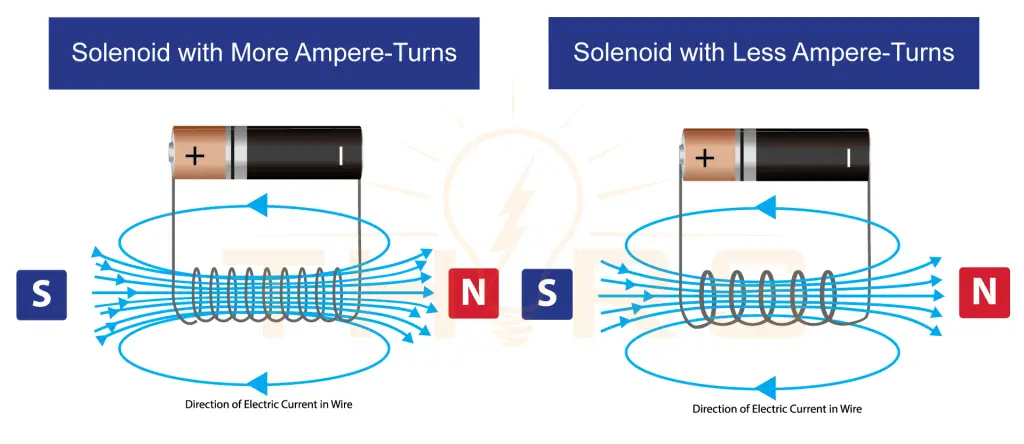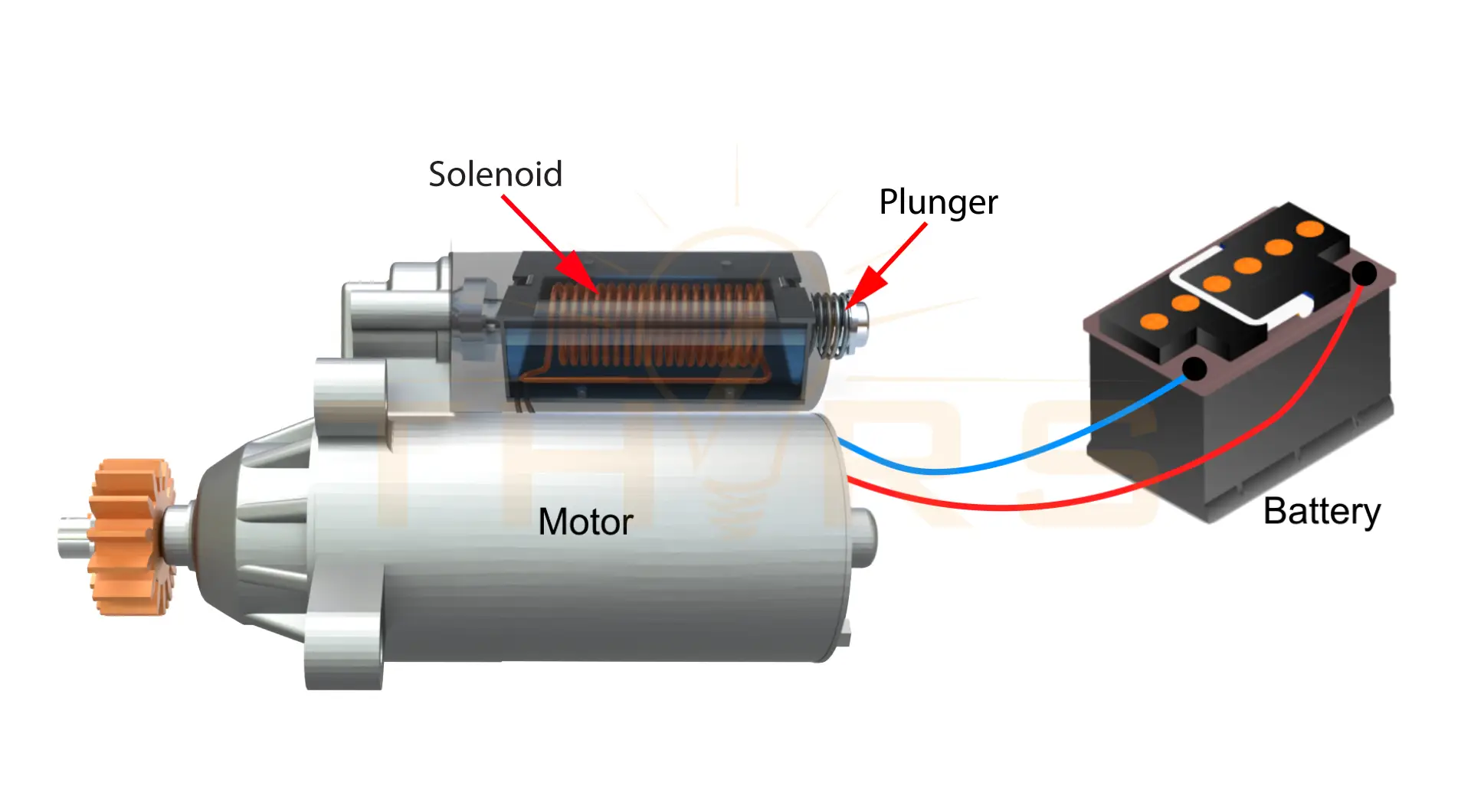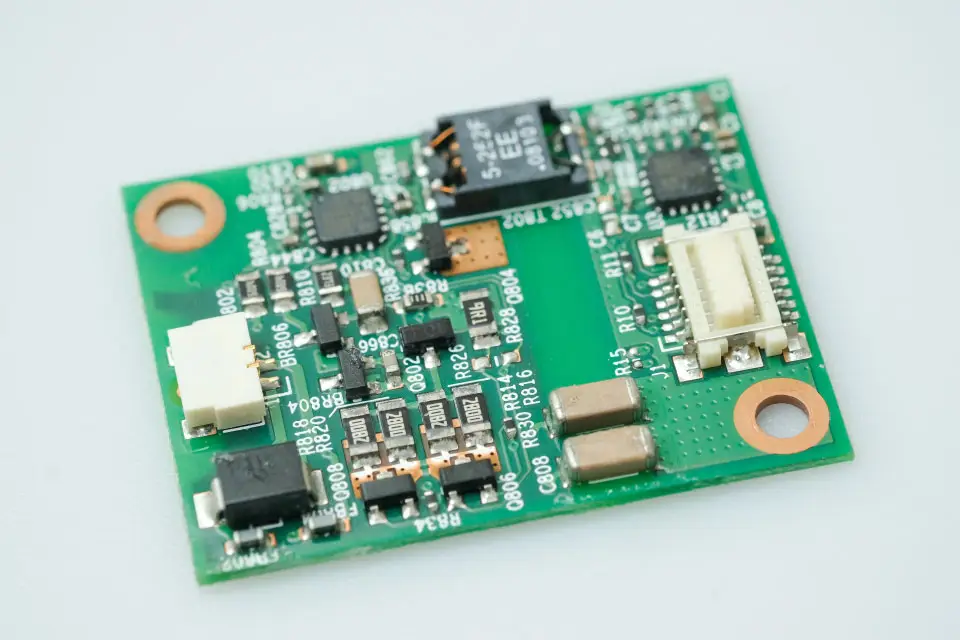A solenoid is an electromagnetic device that consists of a tightly wound coil of wire around a metallic core with a metal plunger. When an electric current passes through the coil, the solenoid develops magnetic field characteristics similar to those of a permanent bar magnet. The term “solenoid” is also often used to refer to a set of valves that use an electromagnetic actuator to shift a hydraulic control element.
How do solenoids work?
1. Converts Electricity to Magnetic Force
- At its core, the solenoid acts as an electromagnetic actuator where electricity is converted into magnetic force.
- The presence or absence of this magnetic force moves the plunger which in turn controls other elements, such as a spool or poppet, directing flow of gases or liquids.
2. Generates a Magnetic Field
- A wire carrying a current creates a magnetic force around the wire. When this wire is bent into a circle, a line of magnetic force becomes a magnetic field that passes through inside of the circle.
- When several turns of wire are wound in close proximity and a current is passed through them, the multiple lines of magnetic force from the turns of wire combine to create a stronger magnetic field similar to that of a solid conducting ring.
- The strength of this magnetic field is proportional to the number of turns and the current. This concept is known as ampere-turns (AT) or magneto-motive force. Increasing the number of turns of wire increases the magnetic field strength.

3. Actuates a Plunger
- A solenoid has a metal plunger, which is typically made of a soft magnetic material, such as iron or steel. The plunger becomes magnetized by the magnetic field of the excited coil.
- Mutual attraction then occurs between the coil’s field and the plunger’s induced field.
- If the coil is stationary and the plunger is free to move, the plunger will be drawn into the coil until its center aligns with the coil’s center. Force is then required to change the relative positions of the coil and the plunger .
What are the key components of a solenoid and their roles in actuation?

Coil Winding: The coil winding creates an electromagnetic field when current is applied. It is typically made of insulated copper wire to prevent current from jumping between turns.
Yoke (Frame or Shell): The yoke, made from low-carbon steel, surrounds the coil and concentrates the magnetic field, thereby increasing its strength and efficiency.
Pole Piece: It is a fixed ferromagnetic part that acts as a magnet when the coil is energized. This attracts the armature towards it.
Plunger: It is a movable piece of iron that is attracted to the pole piece when the coil is energized. Its movement is usually limited by a guide tube.
Guide Tube: It is made from non-magnetic material, such as stainless steel, which guides the armature’s movement and prevents it from sticking.
Air Gap: This is the distance between the pole piece and the armature. This gap’s size depends on the required stroke of the hydraulic control element. When current is applied, magnetic attraction overcomes the gap.
Push Pin (Connecting Element): It transfers the magnetic force from the armature to an external part, such as a spool or pilot pin, and also transfers opposing forces back to the armature. It is usually non-magnetic.
What factors affect solenoid actuation?
The force developed by a solenoid is influenced by:
- Current applied to the coil: Higher current leads to higher magneto-motive force and magnetic field strength.
- Number of turns on the solenoid coil: More turns increase magneto-motive force.
- Amount of iron used in the yoke, pole piece, and armature.
- Coil resistance: Lower resistance (for constant voltage) means higher current and thus higher magneto-motive force.
- Ambient temperature: As temperature increases, coil resistance increases, which can decrease current flow and magneto-motive force.
- Plunger Shapes and Force Characteristics: Different plunger and pole piece designs offer varying force-vs-air gap characteristics, which are suitable for different applications.
In essence, a solenoid works by generating a controlled magnetic field from an electric current, which then physically attracts a movable iron component (plunger) to perform mechanical work. The design and materials of its components are optimized to produce the desired force characteristics for specific applications.
Are you interested in learning more about solenoid operation? The THORS Solenoid Basics course would be a good place to start.


